The headline said it all. “Coal auction kitty hits Rs 2.07 lakh crore, tops CAG figure,” noted one pink newspaper website yesterday (9 March).
We should give three cheers to former Comptroller and Auditor General Vinod Rai, and two for the Power and Coal Minister Piyush Goyal.
With 31 of the 204 coal mines whose allotment was cancelled by the Supreme Court being put up for auction, it is now crystal clear that the government has already exceeded the windfall gains computed by Vinod Rai at Rs 1,86,000 crore - for which he was widely criticised. With Rs 2.07 lakh crore of bids tied up, and that too involving only 18 operational blocks and 13 about-to-open blocks, it is clear that final bid amounts for the 204 blocks could end up anywhere between Rs 10 lakh crore and Rs 15 lakh crore – depending on when the auctions are conducted. This means, if global coal prices rise once the downturn is over (and domestic prices follow suit), the actual auction proceeds might even trend higher.
But those who do not like to believe Vinod Rai’s calculations are already beginning to carp. The Rs 2.07 lakh crore is to come over 30 years; its net present value (NPV) would be much, much less.
This is certainly true, for Rs 2.07 lakh crore received over 30 years would have a much lower present value, depending on the discount rate adopted. Moreover, Goyal would have received higher bids had he structured the auctions differently (of which more later). Hence two cheers for him.
However, this would not be the right criticism. Rai never claimed to have computed his loss figures on an NPV basis, though he did point out that the figures calculated on an NPV basis would not have been substantially different. If he had assumed a 10 percent discount rate, and a potential 10 percent price hike well into the future, the final windfall gain would have been more or less the same as what he had calculated without the NPV method.
However, for argument’s sake, it is worth looking at the NPV method to figure out where the government’s gains would be over a 30-year period. Using a simple NPV method, of assuming equal cash flows every year during the 30-year period over which the bid amounts will be paid, depending on production, my calculations at a certain fixed discount rate show that Vinod Rai’s figures continue to remain a gross underestimate.
If we assume a discount rate of 10 percent, compounded annually, a 30-year income inflow period, a Rs 10 lakh crore total bid for all 204 blocks (which works out to cash inflows of around Rs 34,000 crore annually for government on zero investment), we would get an NPV of over Rs 3,20,515 crore. If the actual bids reach Rs 15 lakh crore (Rs 50,000 crore inflows a year for 30 years), the NPV would be even higher at Rs 4,71,345 crore.
In other words, Vinod Rai would be proven right in spades. However, even if this were not true (future bids could be much lower), his basic point – that mine allottees made unintended windfall gains – would be more than true. For that alone he needs complimenting.
However, this is mere point-scoring. The real gains and learning from the coal auctions ought to be different and go beyond politics.
First, auctions are the simplest and most transparent way to sell scarce natural resources, especially a polluting, depleting resource like coal. Auction prices serve as both a carbon tax, and as a goad to actually start producing instead of hoarding coal just for future price gains. High bids will ensure efficiency of mining too, since it would benefit the miner to extract as much of the coal as possible, depending on remunerative prices.
Second, most successful bids are unlikely to be visited by the winner’s curse, especially over the long-term. Reason: while the payments depend on actual production, their actual profits could be more if global coal prices increase.
Third, the not-so-good idea adopted this time was to segregate coal blocks bids into power and non-power captive use. The gains for power use were computed in a reverse auction , where the reserve price was zero, and every Rs 100 drop in the assumed bid for coal meant the bidder would cut power tariffs by 6 paise per unit. In the rounds held so far, the government has claimed total power tariff concessions worth Rs 96,971 crore. Now, while this may sound great, the decision to allow bidding separately for different captive uses means that the rates paid for coal will vary widely, and hence not comparable. This works against real transparency. Selling coal at different prices for different uses is the surest way to encourage clandestine mining and corruption. The temptation for a power company to sell coal obtained cheap in the market at higher prices will always be high. In future bids, the bidding should be purely on a merchant mine basis, with power companies free to bid what makes sense for them. In case they get costlier mines, it is always open to the government to subsidise power for some users using the same higher bid revenues.
We should thus give Coal and Power Minister Piyush Goyal two cheers for the success of the first two coal auctions. The third one can wait till he changes the terms for bidding in future auctions to bring in even higher levels of transparency.


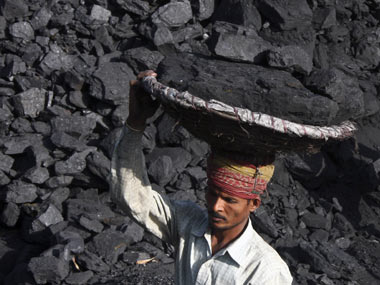)




)
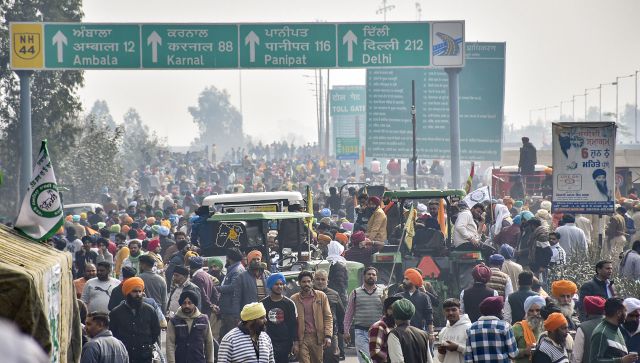)
)
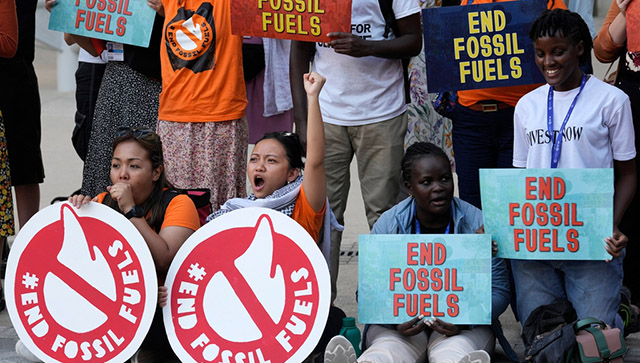)
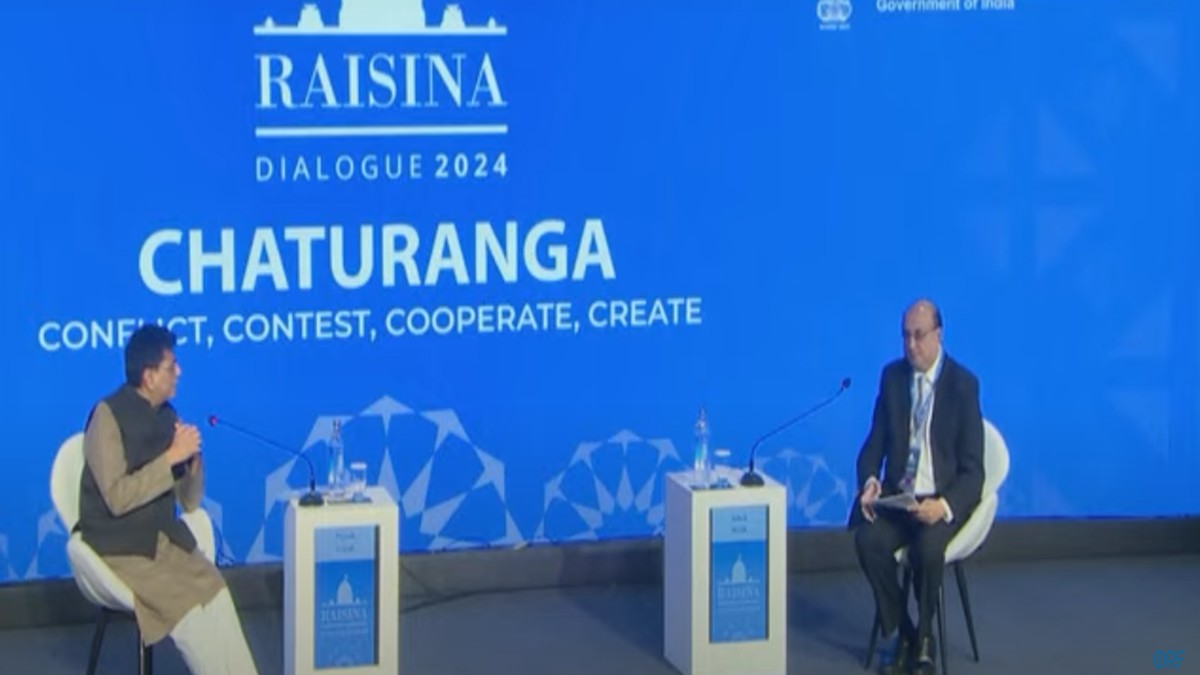)
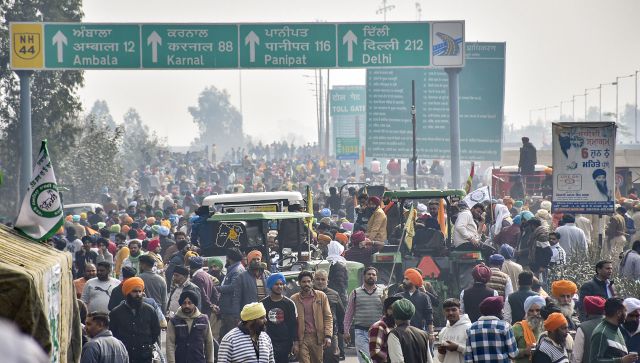)
)
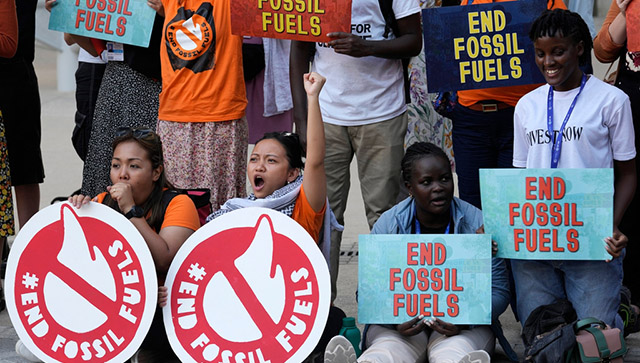)